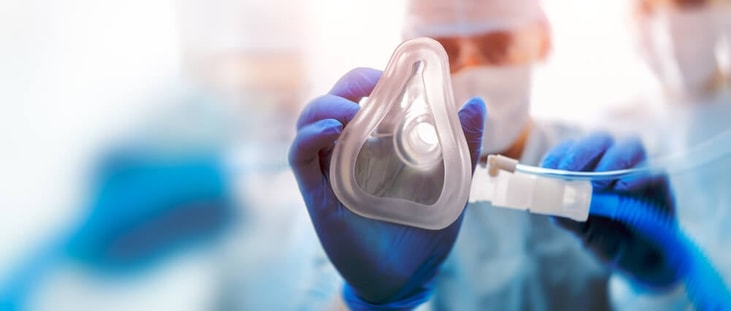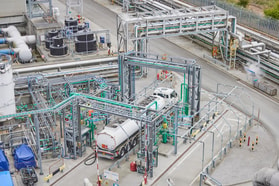Solar-powered microgeneration of oxygen ‘plugs healthcare gaps’
Oxygen is an essential medicine, but reliable access is elusive in many parts of the world, especially in low- and middle-income countries (LMICs). In fact, the World Health Organisation estimates that more than 800,000 children under five die each year from pneumonia, many of whom could be saved with reliable oxygen therapy.
The O2 Cube, a solar-powered micro-pressure swing adsorption (PSA) unit developed by US-based medical technology firm LeanMed and deployed by Nigeria’s HealthPort, addresses this availability gap through a decentralised, subscription-based oxygen-as-a-service model.
Speaking on a recent webinar, representatives from both organisations outlined how the compact, plug-and-play cube – about the size of a washing machine – is designed to deliver medical-grade oxygen in remote or resource-limited settings.
“We really want something that can be done sooner. Because the sooner we can start saving lives the better,” said Jessica Starck, Chief Operating Officer at LeanMed. “The O2 Cube answers all of those barriers.”
... to continue reading you must be subscribed












